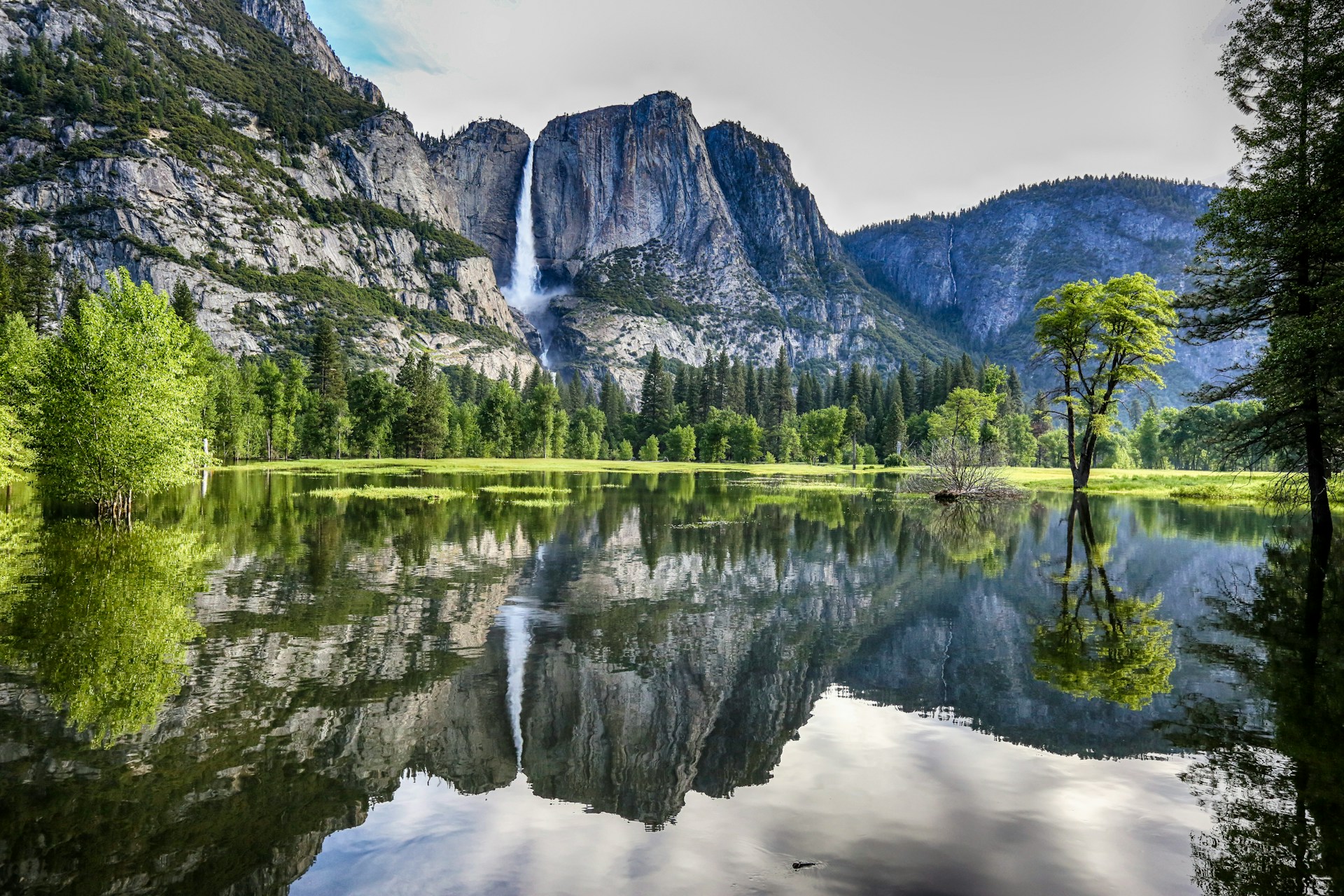The vast and spectacular wilderness of our national parks draws millions of visitors each year, offering unparalleled opportunities for adventure and connection with nature. However, these same magnificent landscapes can quickly become dangerous for unprepared hikers who veer off trail or lose their bearings. Getting lost in a national park is a terrifying experience that happens to hundreds of visitors annually, from novice hikers to experienced backpackers.
Understanding basic wilderness survival techniques can mean the difference between a frightening story to tell later and a tragic outcome. This comprehensive guide explores essential survival strategies to help you stay safe if you find yourself disoriented in the wilderness, along with preparation tips that can prevent getting lost in the first place.
Prevention: The Best Survival Strategy
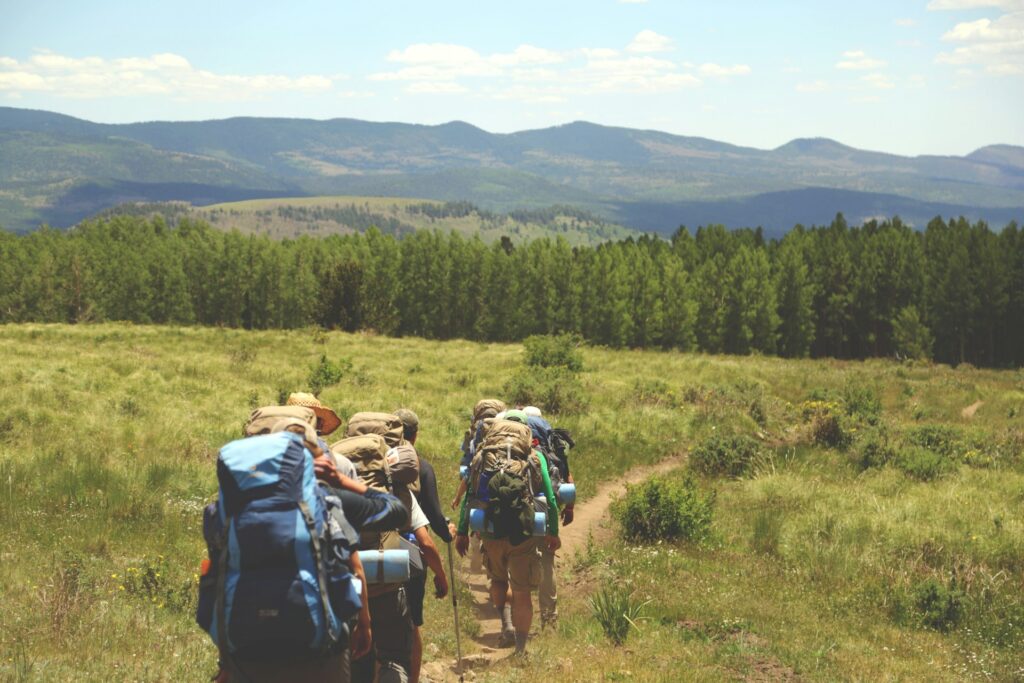
The most effective wilderness survival technique is preventing emergencies altogether through proper preparation. Before embarking on any hike or wilderness excursion, thoroughly research your destination, including trail conditions, weather forecasts, and potential hazards specific to that area. Always carry a detailed, physical map and compass—and know how to use them—even if you plan to rely primarily on GPS devices or smartphone apps.
Share your detailed itinerary with a trusted person not on the trip, including your planned route, expected return time, and what to do if you don’t check in by a certain deadline. Dressing appropriately for the environment and potential weather changes is equally crucial, as hypothermia remains one of the greatest threats to lost hikers even in seemingly mild conditions.
Essential Items for Your Survival Kit
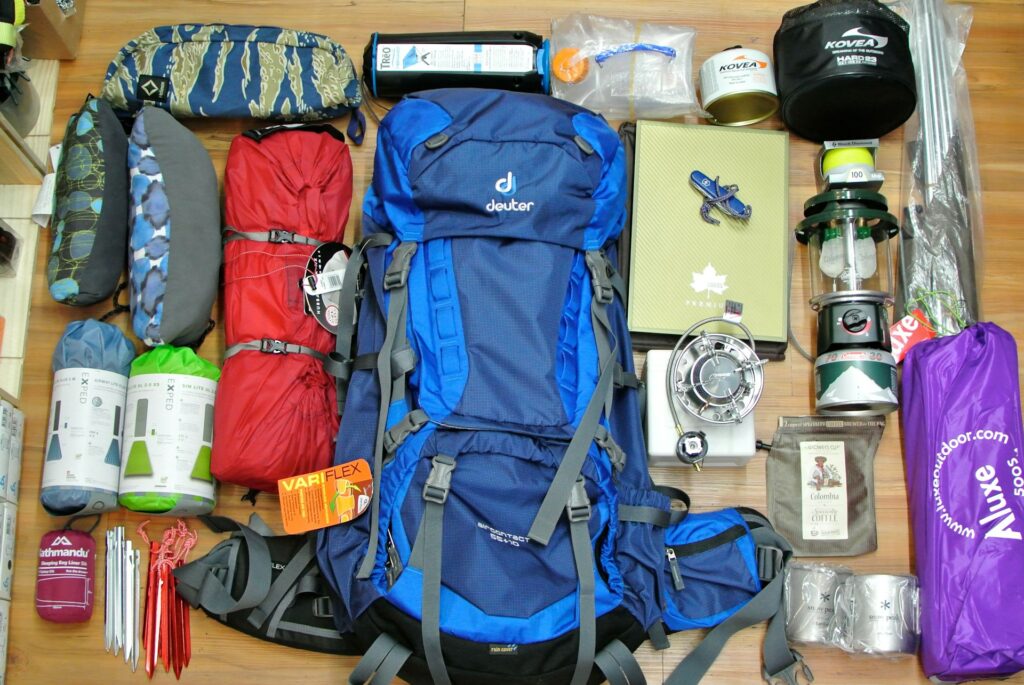
Every hiker venturing into a national park should carry a basic survival kit, regardless of planned trip duration. Your kit should include a reliable fire starter (waterproof matches, lighter, and fire starter material), a signaling device such as a whistle or mirror, a multi-tool or knife, a water purification method (tablets or filter), an emergency shelter (space blanket or lightweight tarp), and a first aid kit tailored to your specific needs. Extra food—preferably calorie-dense items that require no preparation—should be packed even for short day hikes, along with more water than you anticipate needing.
A fully charged power bank for your mobile devices can be lifesaving in areas with spotty cell coverage, allowing you to conserve your phone’s battery for emergency calls. While it may seem excessive for a casual hike, these items weigh relatively little and provide crucial survival advantages if you become disoriented.
The Moment You Realize You’re Lost
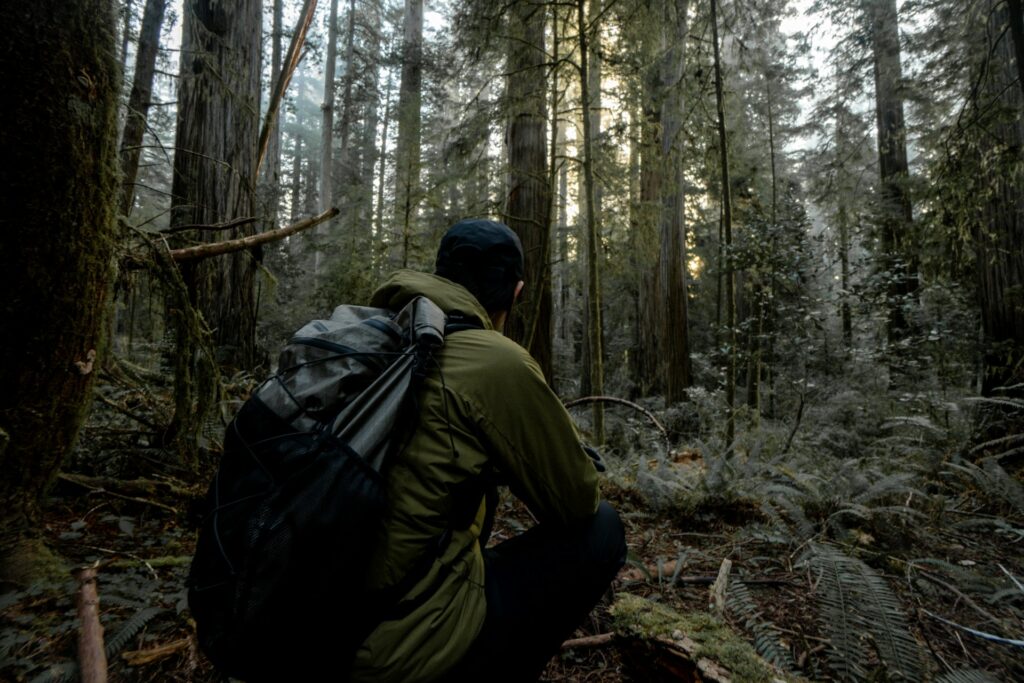
The critical first moments after realizing you’re lost often determine the outcome of the entire situation. When you first suspect you’ve lost your way, stop immediately—wandering aimlessly almost always makes the situation worse and takes you further from known landmarks or trails. Take several deep breaths to combat the surge of panic that typically accompanies the realization of being lost, as clear thinking becomes impossible when you’re in a state of anxiety.
Check your surroundings carefully for any familiar landmarks or trail indicators, consulting your map if available, but avoid moving until you have a clear plan. This initial period of assessment, often referred to by wilderness experts as the “stop moment,” prevents the common and dangerous reaction of hurrying frantically in a random direction that frequently leads to exhaustion, injury, and a much more complicated rescue scenario.
The STOP Method for Wilderness Emergencies
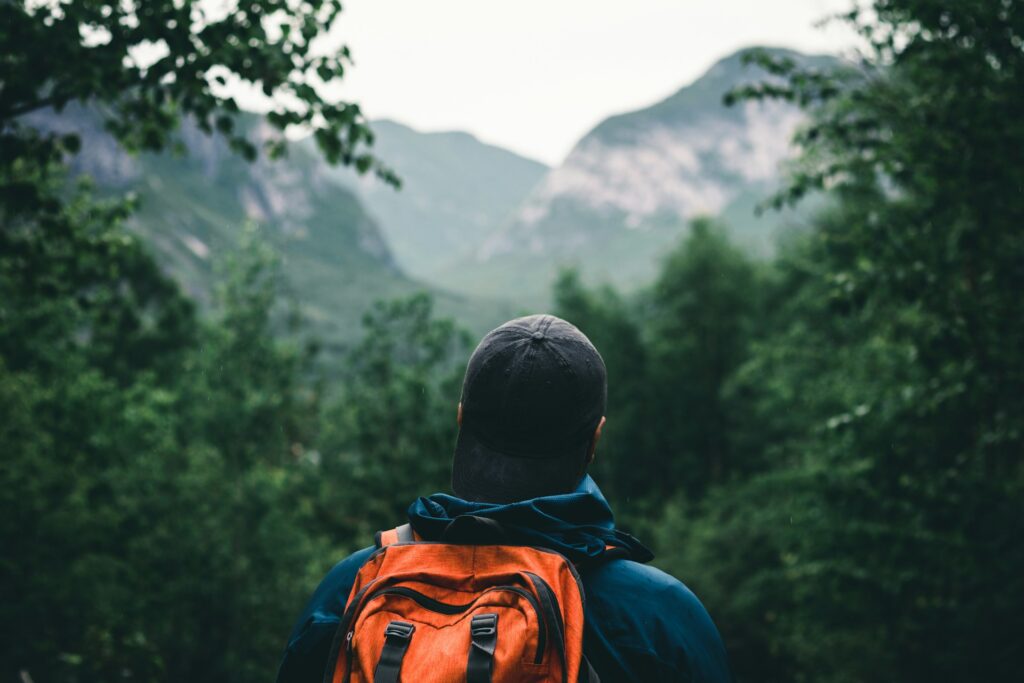
The STOP method is a powerful mnemonic device that encapsulates the key initial actions to take when lost in the wilderness. S stands for “Stop” moving as soon as you realize you’re disoriented to avoid exacerbating the situation. T represents “Think” about your situation calmly and rationally, assessing your resources, the time of day, weather conditions, and potential hazards. O reminds you to “observe” your surroundings, looking for landmarks, signs of trails, water sources, or potential shelter locations that might help determine your position or sustain you. P stands for “Plan” your next steps carefully based on your assessment, whether that means attempting to retrace your steps, setting up a temporary camp, or implementing signaling strategies to attract rescuers.
This methodical approach counteracts the natural but potentially hazardous impulse to panic and make hasty decisions that could endanger your survival.
Deciding Whether to Stay Put or Self-Rescue

One of the most consequential decisions a lost hiker faces is whether to attempt self-rescue or remain in place and wait for help. The conventional wisdom in wilderness survival prioritizes staying put if you’ve informed someone of your itinerary and expected return time, as movement makes it harder for search teams to locate you. However, this decision depends on several critical factors: your physical condition, available supplies, weather conditions, and how certain you are about the correct direction to safety.
If you’re injured, have limited supplies, face dangerous weather, or have no clear idea which direction leads to safety, staying put and focusing on survival and signaling is typically the safest option. Conversely, if you have abundant supplies, good weather conditions, and high confidence in knowing how to reach safety, self-rescue may be appropriate, especially if no one knows to look for you.
Finding and Purifying Water in the Wild
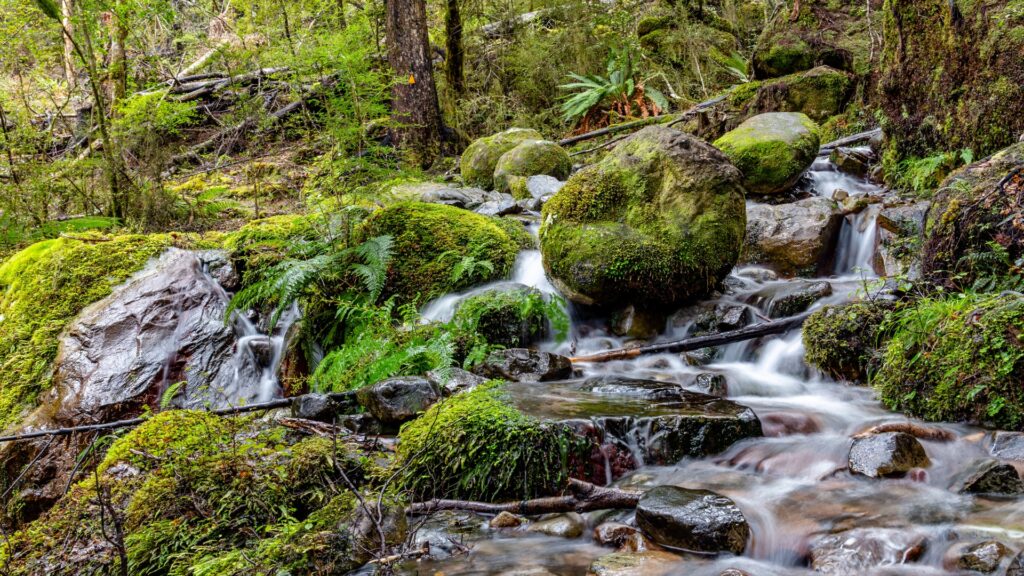
Water becomes your most critical resource when lost in the wilderness, as dehydration can impair judgment and physical capabilities within hours. Moving water in streams and rivers is generally safer than stagnant sources, though all natural water should be purified before consumption to eliminate harmful pathogens. If you didn’t pack purification tablets or a filter, boiling water for at least one minute (longer at high elevations) remains the most reliable purification method.
In the absence of obvious water sources, look for signs of water presence: green vegetation clusters, animal trails that may lead to water, low-lying areas where water might collect, and morning dew that can be collected from plants using a cloth to absorb and then squeeze out the moisture. Even in seemingly dry environments, water can often be found by digging in dry stream beds or at the base of cliff faces where groundwater may seep to the surface.
Creating Emergency Shelter
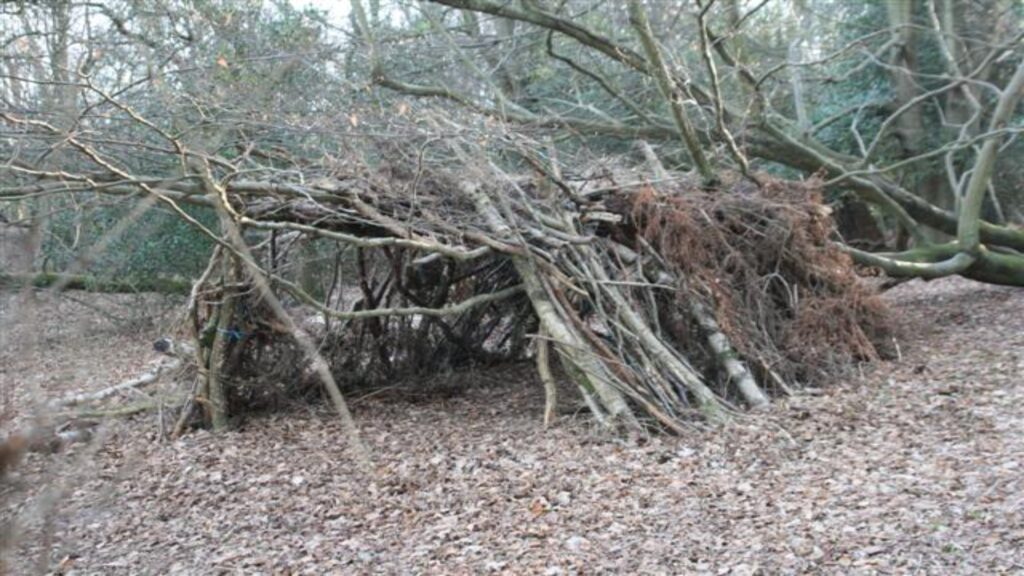
Exposure to the elements, particularly overnight, presents a serious threat to survival in wilderness settings. Creating an effective emergency shelter should be a priority, especially if you anticipate spending the night outdoors. Look for natural features that provide partial protection—rock overhangs, dense stands of trees, or fallen logs—which can be enhanced with available materials.
Your emergency space blanket can serve as a waterproof roof or ground covering, while branches, leaves, and other natural materials can be used to create insulation and windbreaks. The ideal shelter location should be on dry ground, away from potential hazards like dead standing trees that might fall, flash flood zones, or animal trails.
Remember that up to 50% of your body heat can be lost through direct contact with the ground, so creating insulation between yourself and the earth using vegetation, backpacks, or other materials is crucial to preventing hypothermia, even in relatively moderate temperatures.
Fire Starting Techniques for Survival
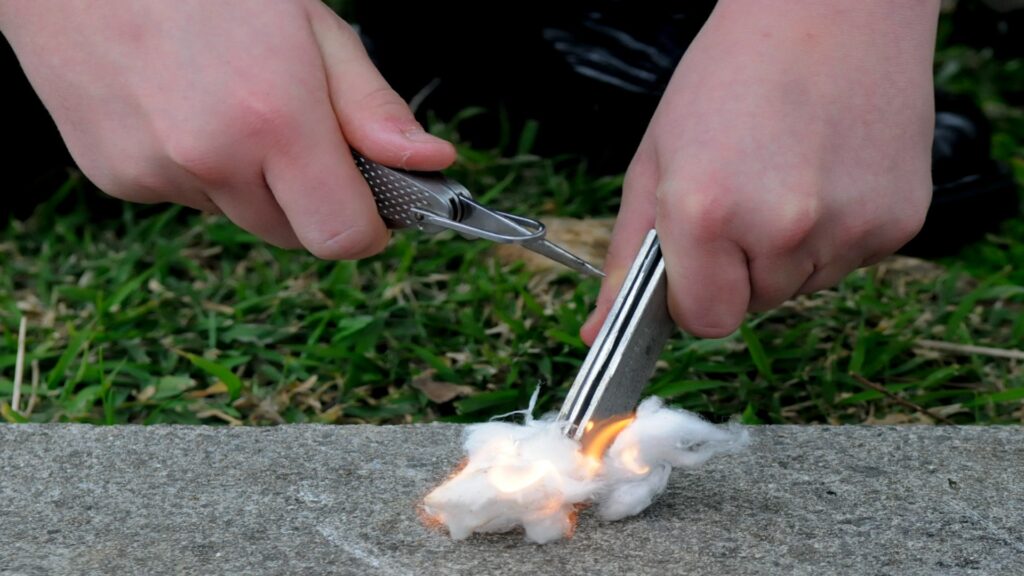
Fire serves multiple critical functions in a survival situation: providing warmth, a means to purify water, a cooking method, and a powerful signaling tool. In damp conditions, seek naturally dry materials like the undersides of fallen logs, inner tree bark, or dead branches that remain attached to trees but haven’t fallen to the wet ground. Create a foundation of easy-to-light tinder (such as dryer lint, cotton balls coated with petroleum jelly, or finely shaved wood), followed by progressively larger kindling arranged to allow oxygen flow. When using matches or lighters, shield the flame from wind and moisture, and once the fire catches, gradually add larger fuel while maintaining the fire’s structure.
In challenging conditions without conventional fire starters, friction-based methods like the bow drill technique can work but require significant practice and energy expenditure, underscoring the importance of carrying reliable fire-starting tools in your basic kit.
Signaling for Rescue
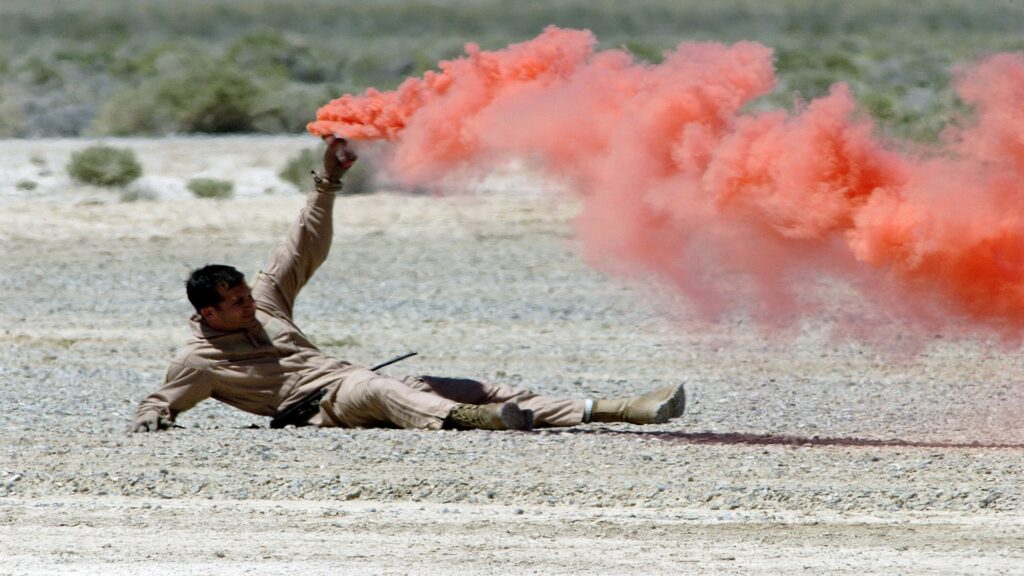
Attracting the attention of potential rescuers becomes a primary objective once your immediate survival needs are addressed. Visual signals are typically most effective during daylight hours, including signal mirrors that can flash sunlight visible for miles, brightly colored clothing or gear arranged in unnatural patterns, or three evenly spaced signal fires (the international distress signal). Auditory signals work day and night, with three short, three long, and three short whistle blasts representing the international SOS distress call, which should be repeated at regular intervals.
If you have cell service, even briefly, text messages often transmit successfully when voice calls fail due to weak signals. When communicating with potential rescuers, provide clear information about your condition, location details including any landmarks you can see, and resources you have available, as this information helps rescue teams prioritize and prepare for your specific situation.
Navigation Without Technology
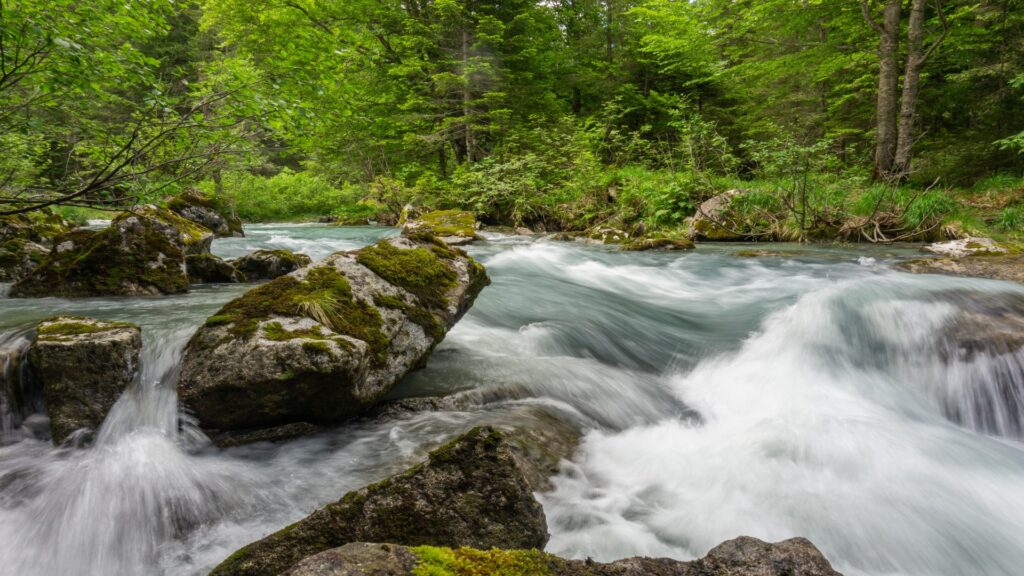
When electronic navigation aids fail or batteries die, traditional navigation skills become essential for determining your position and potential routes to safety. The sun remains the most reliable natural direction indicator, rising generally in the east and setting in the west, though its exact position varies by season and latitude. At night in the Northern Hemisphere, the North Star (Polaris) provides a reliable indicator of true north, found by following the pointer stars at the edge of the Big Dipper’s bowl.
Natural features can also offer directional clues: in the Northern Hemisphere, moss often grows more abundantly on the north side of trees and rocks, though this varies based on local conditions like shade and moisture. Flowing water generally leads to larger water bodies and eventually civilization, though following streams requires careful assessment of terrain to avoid impassable sections or dangerous waterfalls.
Wild Food Sources and What to Avoid
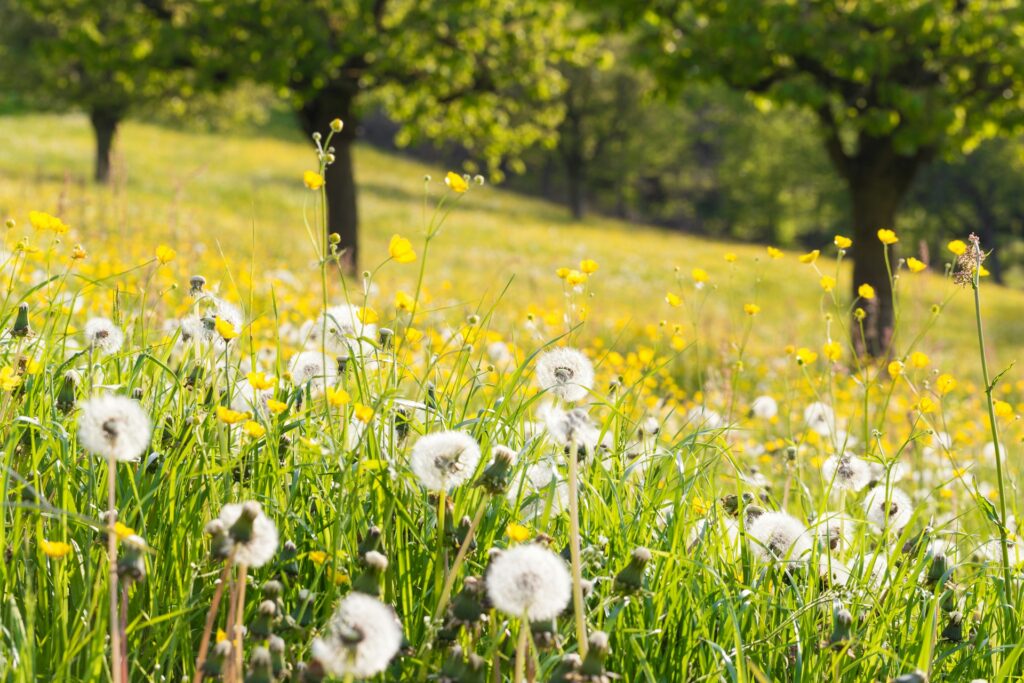
While finding food is less urgent than shelter, water, and fire in most survival situations, identifying safe wild edibles can supplement limited supplies during extended emergencies. Universal edibility tests should never be attempted with unknown plants, as certain toxic species can cause severe illness or death with minimal consumption. Instead, focus on easily identifiable foods like pine nuts, acorns (which require processing to remove bitter tannins), certain berries like blackberries and raspberries with their distinctive structure, and edible flowers like dandelions and clover.
Animal foods generally provide more calories and are safer to identify than plants—small fish in streams can be caught with improvised spears, while certain insects like grasshoppers and crickets offer significant protein when roasted to kill potential parasites. However, hunting larger animals is typically impractical and energy-inefficient in true survival scenarios without proper equipment and should not be a primary food strategy.
Mental Resilience and Psychological Survival
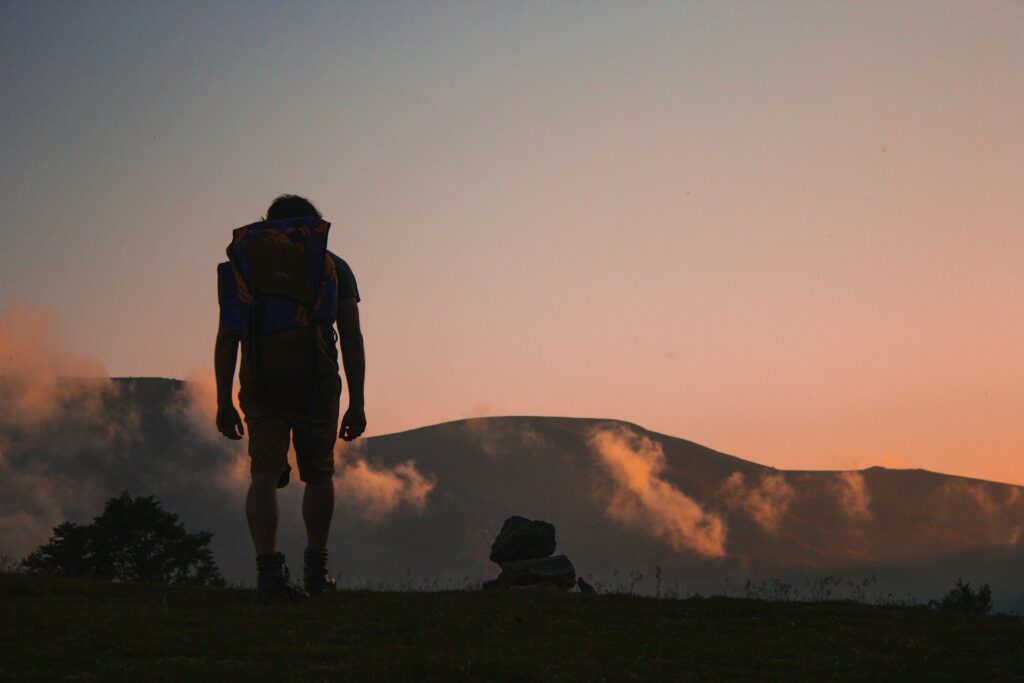
The psychological aspects of wilderness survival often determine success as much as physical skills and resources. Maintaining a positive mental attitude despite challenging circumstances prevents the spiral of despair that can lead to poor decision-making and giving up. Breaking down your situation into manageable tasks provides a sense of control and accomplishment—focus on immediate needs like shelter construction rather than dwelling on the overall predicament.
Maintaining routines like regular eating times, sleep schedules, and camp maintenance activities helps preserve normalcy and mental health during extended survival situations. Personal connection, even symbolic, remains important; many long-term survival cases report that focusing on loved ones and the determination to see them again provided crucial motivation during the most difficult moments, highlighting how psychological resilience complements physical survival skills.
When Rescue Arrives: What to Expect
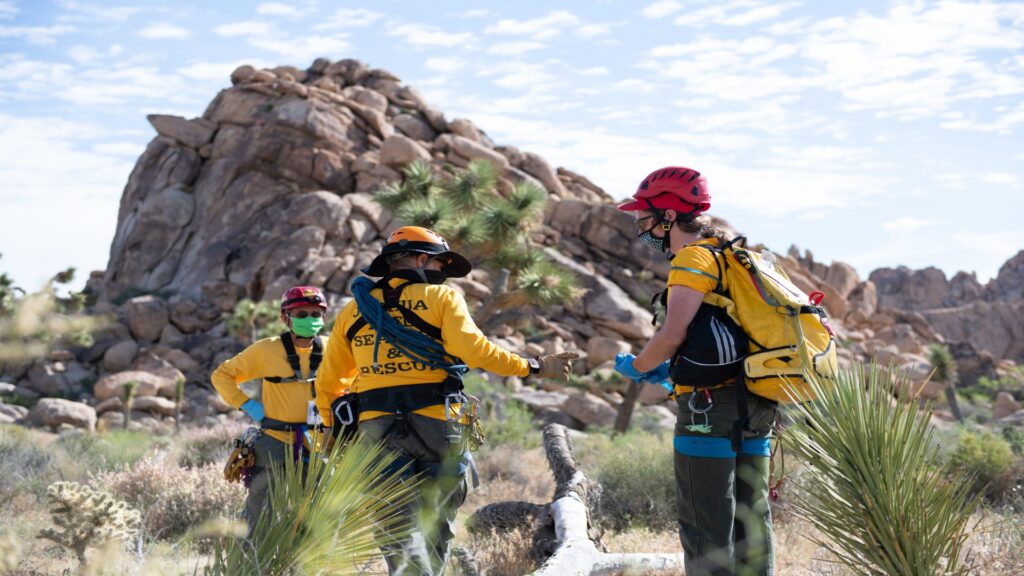
The arrival of rescue personnel marks a critical transition requiring specific protocols to ensure everyone’s safety. When you first detect potential rescuers, intensify your signaling efforts while remaining in place, as moving toward rescue teams can make you harder to locate or expose you to hazards. If aircraft are searching overhead, find the largest clearing available and use visual signals, as rescuers may not be able to hear auditory signals over engine noise. When ground rescuers make contact, follow their instructions explicitly even if they differ from your expectations, as they assess the situation based on training and information you may not have.
Be prepared to provide clear information about your physical condition, particularly any injuries or medical needs, as well as details of your experience that might help locate other missing persons if you were part of a group.
Conclusion
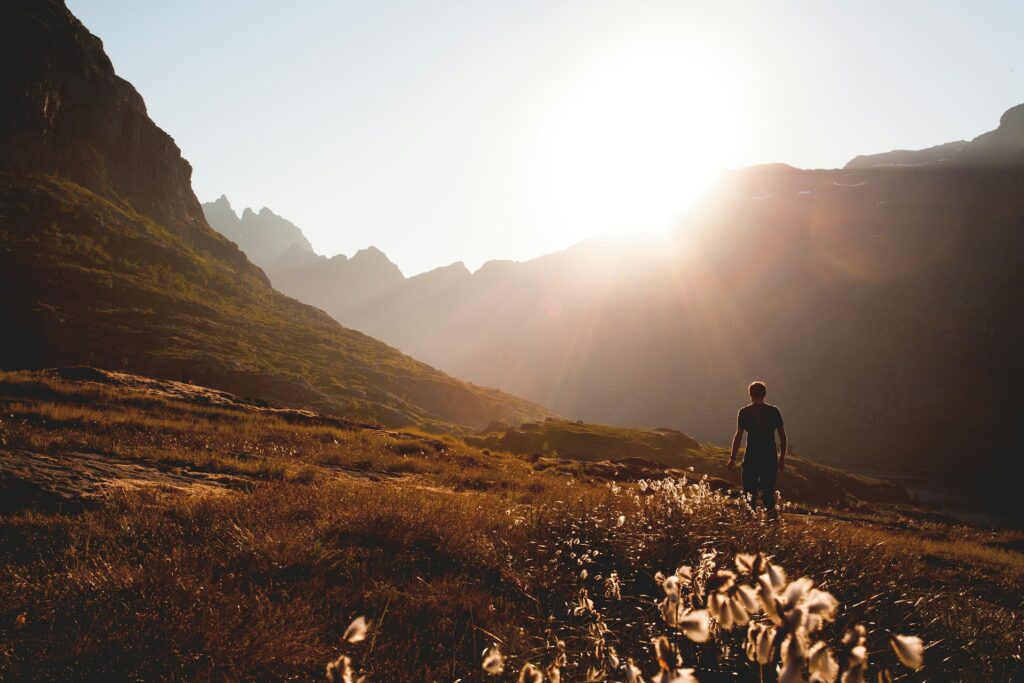
Getting lost in a national park represents a serious emergency that tests both physical and mental resilience. By understanding and implementing basic wilderness survival techniques—from initial preparation to navigation, shelter construction, and signaling—you significantly improve your chances of emerging safely from such an ordeal. Remember that most wilderness survival situations are resolved within 72 hours when proper protocols are followed, particularly staying calm, making rational decisions, and prioritizing the essential survival needs of shelter, water, fire, and signaling.
While the wilderness can be unforgiving, it also provides the necessities for short-term survival when you know what to look for and how to utilize available resources. By carrying basic emergency supplies, developing fundamental outdoor skills, and maintaining a level head during emergencies, you transform from a potential victim into an active participant in your own rescue.

